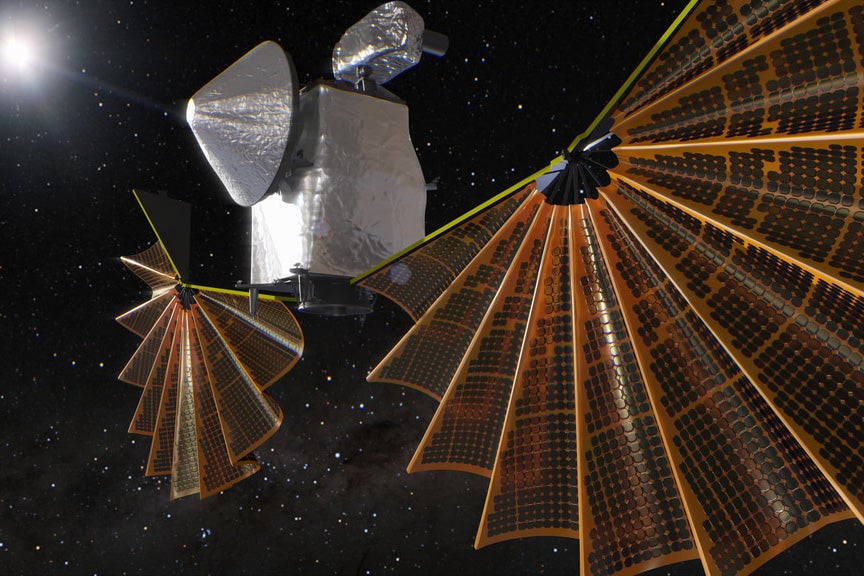
NASA's Latest Asteroid Explorer Celebrates Our Ancient Origins in Space and on Earth
NASA's latest asteroid explorer, Lucy, is set to launch in October 2021. This exciting mission will take Lucy on a journey to explore eight different asteroids, all of which are located in the asteroid belt between Mars and Jupiter. This mission has been in the works for many years, and it is finally ready to launch. In this article, we will explore the mission of Lucy and what it hopes to achieve.
Lucy Mission Overview
Lucy is a robotic spacecraft that will travel to the Trojan asteroids, which are located in two groups that share Jupiter's orbit around the sun. These asteroids are remnants from the early days of our solar system and have been untouched for billions of years. By studying them, scientists hope to learn more about the formation and evolution of our solar system.
The Trojan asteroids are named after characters from Homer's epic poem, "The Iliad." There are two groups of Trojans, with one group located ahead of Jupiter in its orbit and the other located behind Jupiter. Lucy will visit seven of the Trojans, as well as a main-belt asteroid, over the course of its 12-year mission.
Scientific Objectives
The primary objective of the Lucy mission is to study the geology, surface composition, and physical characteristics of the Trojan asteroids. Scientists hope to learn more about how these asteroids formed and evolved, as well as the role they may have played in the early solar system.
In addition to studying the Trojans themselves, Lucy will also explore the environment around these asteroids. This includes studying the dust and debris that surrounds the Trojans and searching for potential hazards to future space exploration missions.
Also Read:
Lucy's Instruments
To accomplish its scientific objectives, Lucy is equipped with a suite of instruments that will enable it to study the Trojan asteroids in detail. These instruments include:
-
High-Resolution Imaging Camera (L'Ralph): This camera will provide high-resolution images of the Trojan asteroids, allowing scientists to study their surface features and geology.
-
Thermal Emission Spectrometer (OTES): This instrument will measure the temperature of the asteroids and the composition of their surface materials.
-
Radio Science Experiment (REX): This experiment will use radio waves to study the interior structure of the asteroids.
-
Laser Altimeter (LIDAR): This instrument will provide precise measurements of the topography of the asteroids.
-
Dust and Particles Analyzer (DAPA): This instrument will study the dust and debris that surrounds the Trojan asteroids.
The Naming of Asteroid "Philchristensen"
One of the asteroids that Lucy will visit is named after London physicist Phil Christensen. The asteroid, which was discovered in 2003, is officially designated (139775) Philchristensen. Christensen is a professor at Arizona State University and is well-known for his work in planetary science and exploration.
The naming of the asteroid after Christensen is a great honor, and it highlights the important contributions that scientists like him have made to our understanding of the universe. It also serves as a reminder of the collaborative nature of scientific exploration, with scientists from around the world working together to uncover the secrets of the universe.
Conclusion
The Lucy mission is an exciting step forward in our understanding of the early solar system and the origins of life on Earth. By exploring the Trojan asteroids, scientists hope to learn more about how our solar system formed and evolved, as well as the potential hazards that asteroids could pose to future space missions.
The naming of an asteroid after a well-respected physicist also serves as a reminder of the importance of collaboration and the role that individual scientists play in advancing our knowledge of the universe. We look forward to the exciting discoveries that will come out of the
Also Read:
That's it for this article.
Thanks for Visiting Us – fixyanet.com


0 Comments